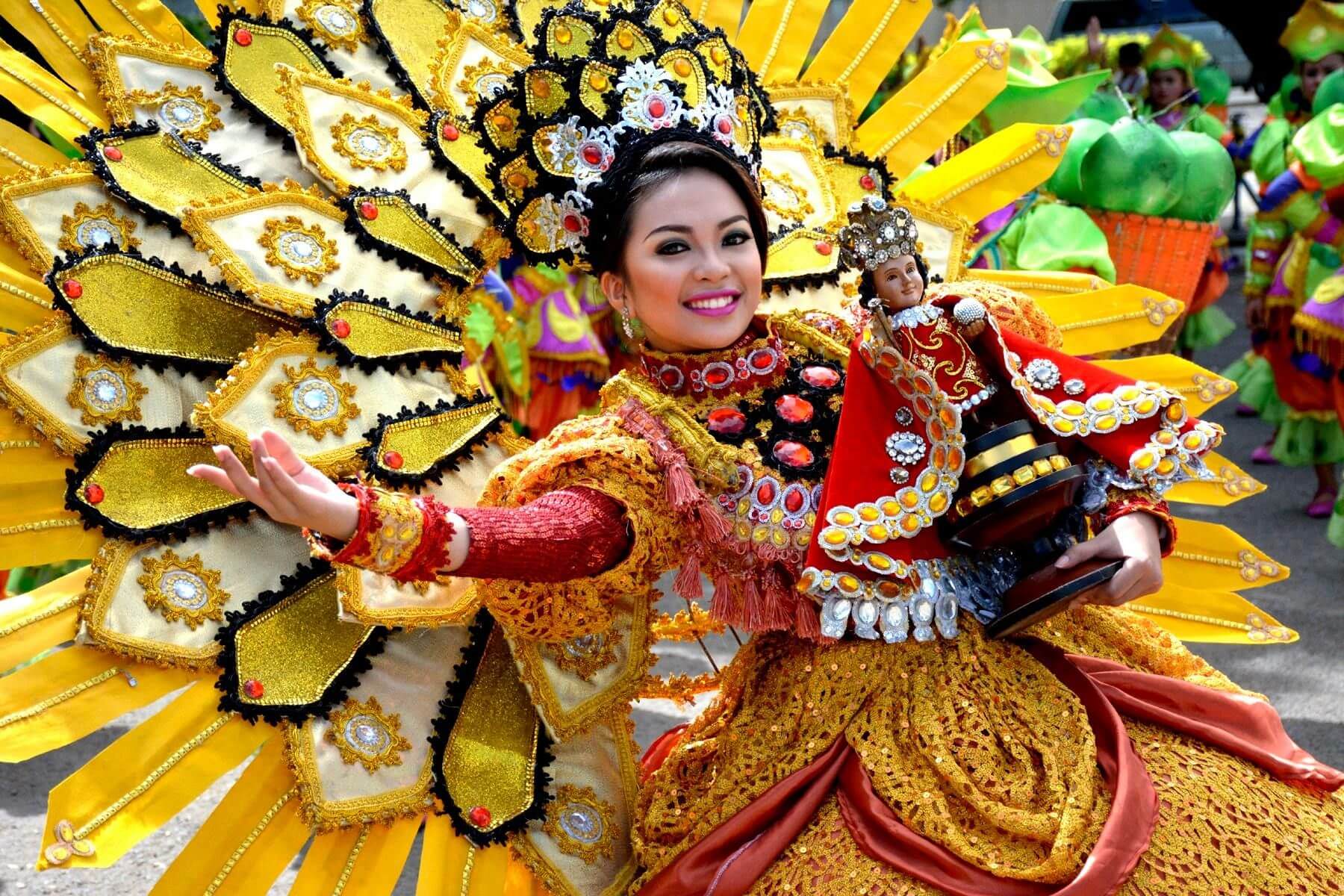Discovering Santo Niño: A Journey Through Faith And Culture
Share

Santo Niño, a name that resonates with devotion and history, is a significant figure in the Philippines, particularly in Cebu. This article will guide you through the rich cultural tapestry surrounding Santo Niño, the key attractions, the best time to visit, and the vibrant activities that await you.
The Historical Significance of Santo Niño

The Santo Niño, or the Holy Child Jesus, is a revered icon in the Philippines, believed to be a symbol of faith and hope. The origins of this devotion trace back to the arrival of Spanish colonizers in the 16th century, who brought with them the image of the Santo Niño. This image, discovered in 1565 by Spanish explorer Miguel Lopez de Legazpi, is now housed in the Basilica Minore del Santo Niño in Cebu City.
The Santo Niño is not just a religious figure; it represents the fusion of indigenous beliefs and Catholicism, making it a cornerstone of Filipino culture. The annual Sinulog Festival, held in January, celebrates this devotion with vibrant parades, street dancing, and religious ceremonies, drawing thousands of visitors from around the world.
Key Attractions and Activities
Basilica Minore del Santo Niño

Visiting the Basilica Minore del Santo Niño is a must for anyone traveling to Cebu. This historic church is the oldest in the Philippines and is home to the original image of Santo Niño. The architecture is a blend of Baroque and Romanesque styles, and the interior is adorned with beautiful religious artworks. Visitors often light candles and offer prayers, making it a serene spot for reflection.
Sinulog Festival
The Sinulog Festival is the highlight of Cebu's cultural calendar. Celebrated on the third Sunday of January, the festival features a grand parade showcasing colorful floats, traditional costumes, and lively street dancing. The rhythm of the Sinulog dance, which mimics the flow of the river, is a tribute to the Santo Niño and the indigenous people’s reverence for their land.
Fort San Pedro
Another historical site worth visiting is Fort San Pedro, the oldest and smallest fort in the Philippines. Built by the Spanish in 1738, it offers a glimpse into the colonial past of Cebu. The fort's museum houses artifacts and exhibits that tell the story of Cebu's rich history.
Magellan's Cross
Located near the Basilica, Magellan's Cross is a significant landmark that marks the spot where Christianity was first introduced to the Philippines. The cross is housed in a small chapel and is a popular site for both tourists and locals who wish to pay their respects.
Best Time to Visit
The ideal time to visit Cebu, particularly for those interested in experiencing the Santo Niño festivities, is from January to March. During these months, the weather is generally warm and dry, perfect for outdoor activities and festivals. The Sinulog Festival in January is a highlight, but the months leading up to it also feature various religious activities and preparations.
Weather Information
Cebu enjoys a tropical climate, with temperatures averaging between 25°C to 32°C (77°F to 90°F). The dry season runs from November to April, making it the best time for travel. However, if you prefer fewer crowds, consider visiting during the shoulder months of May to October, when the weather is still pleasant, and you can explore the attractions at a more leisurely pace.
Culinary Delights
No visit to Cebu is complete without indulging in its culinary offerings. The city is famous for its lechon (roast pig), which is often regarded as the best in the Philippines. Other must-try dishes include:
- Sutukil: A combination of grilled, stewed, and raw seafood dishes.
- Puso: Rice wrapped in coconut leaves, a local staple.
- Mango Float: A delicious dessert made with ripe mangoes, cream, and graham crackers.
Accommodations and Travel Tips
When planning your trip to Cebu, consider booking your accommodations in advance, especially if you intend to visit during the Sinulog Festival. Here are some recommended options:
- Radisson Blu Cebu: A luxurious hotel located near the city center, offering modern amenities and easy access to attractions.
- Waterfront Cebu City Hotel & Casino: A popular choice for both leisure and business travelers, featuring a casino and multiple dining options.
- Bai Hotel Cebu: A contemporary hotel with stunning views of the city and the sea, perfect for relaxation after a day of exploration.
For your travel needs, you can book flights and hotels through these links: - Hotels & Flights - Transfers
Things to Do in Cebu
While the Santo Niño and its associated festivities are a major draw, Cebu offers a plethora of activities for every type of traveler. Here are some suggestions:
- Island Hopping: Explore the nearby islands of Mactan, Malapascua, and Bantayan for pristine beaches and snorkeling opportunities.
- Waterfalls Tour: Visit the stunning Kawasan Falls or Tumalog Falls for a refreshing swim in crystal-clear waters.
- Cultural Tours: Engage with local culture by visiting the Taboan Public Market for dried fish and local delicacies.
Final Thoughts
Santo Niño is more than just a religious icon; it embodies the spirit of the Filipino people and their rich cultural heritage. Whether you're drawn to the vibrant festivities of the Sinulog Festival, the historical landmarks, or the delicious cuisine, Cebu offers a unique blend of experiences that will leave a lasting impression.
As you plan your visit, remember to immerse yourself in the local culture, savor the flavors, and embrace the warmth of the people. Your journey to Santo Niño will undoubtedly be filled with unforgettable moments and cherished memories.
So, are you ready to embark on this adventure? Book your flights and accommodations today, and prepare for an enriching experience in the heart of the Philippines!



